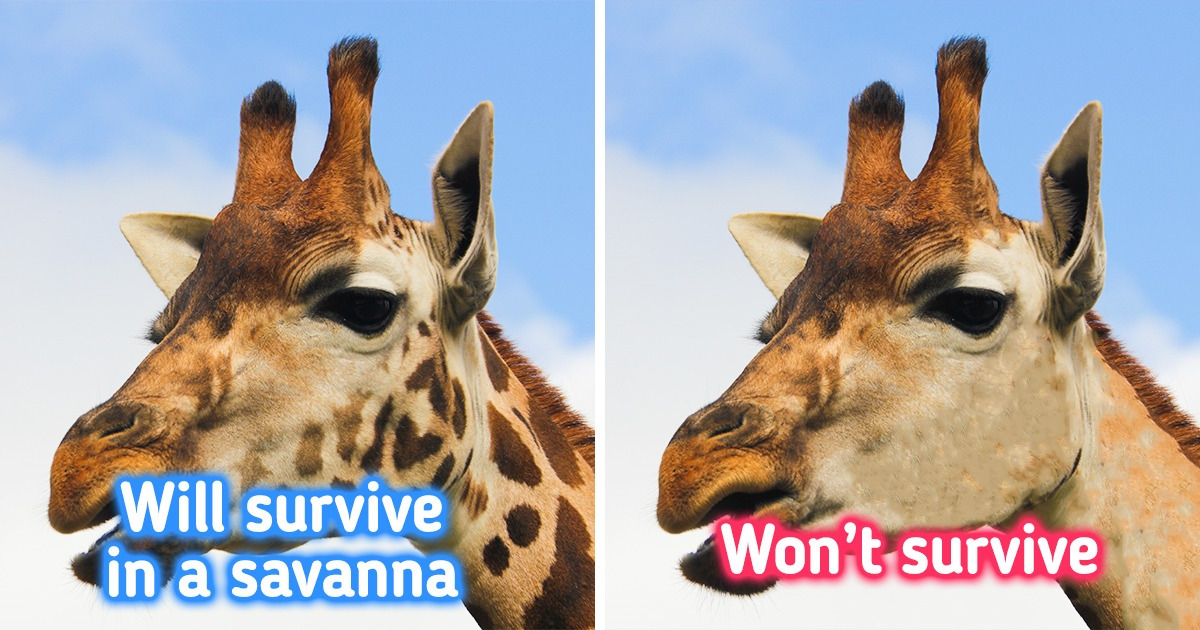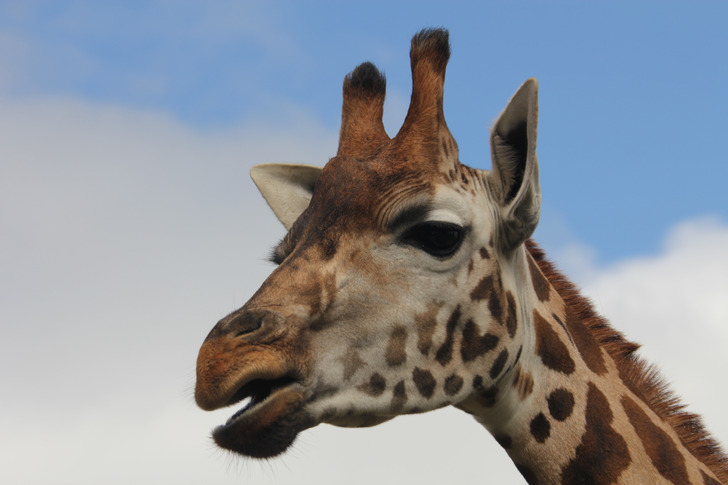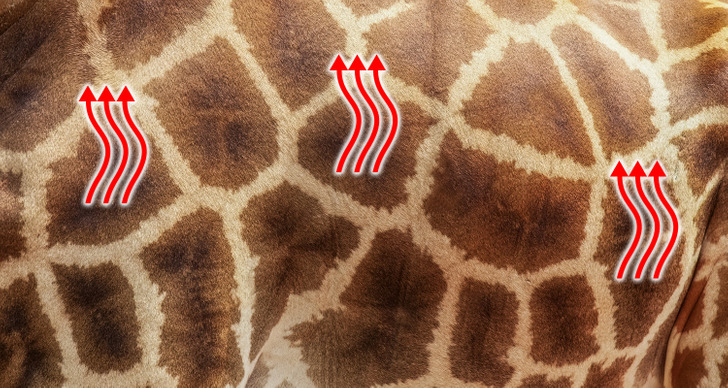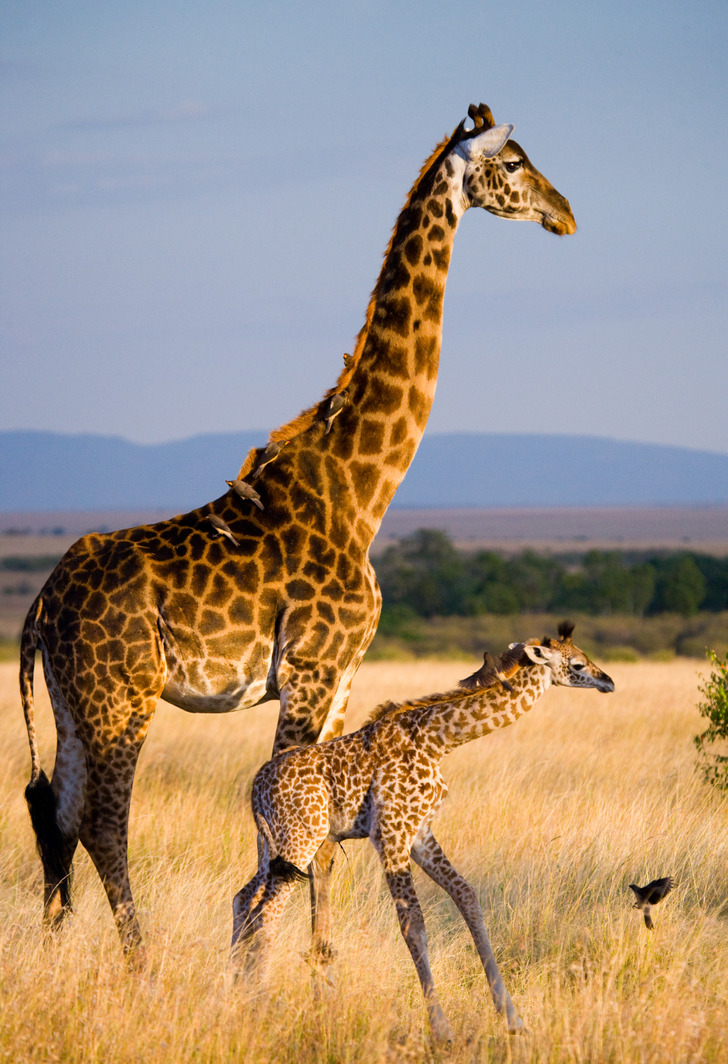Why Giraffes Have Spots on Their Coats

Why is the sky blue? Why do cats have whiskers? Why are leaves green? And how does rain form? We learn the answers to these questions in elementary and middle school. But some things remain unknown, like, for example, why giraffes have such a curious pattern on their coats.
At 5-Minute Crafts, we decided to find out what these gracious animals need brown spots all over their bodies for.
Camouflage
Many animals have spots as a form of camouflage, which allows them to go unnoticed by predators and, thus, avoid danger or have the chance to get close to prey without being seen. There is a wide variety of patterns in the animal kingdom because each animal has formed it depending on the environment it inhabits.
Giraffes are no exception. Their yellow and brown spots help them blend in with the similarly colored African savanna landscape. In general, the color of the giraffe’s spots is similar to the vegetation in its natural habitat.
Thermoregulation
Apart from serving as camouflage, spots play an important role in controlling the giraffe’s body temperature. In fact, there is a complex system of blood vessels under giraffes’ skin in those places where the spots are located. Thanks to these, the body heat of a giraffe can be released through these spots, which act as thermal windows, and it’s easier for the animal to endure the hot African climate.
Social markings
Spots also play an important role in the social lives of giraffes. Giraffe calves often inherit their mothers’ patterns, making it easier for mothers to identify their own baby and protect it from danger. Giraffes live in relatively small groups of 10-20 individuals, and different patterns help them distinguish not only calves but also each other.


